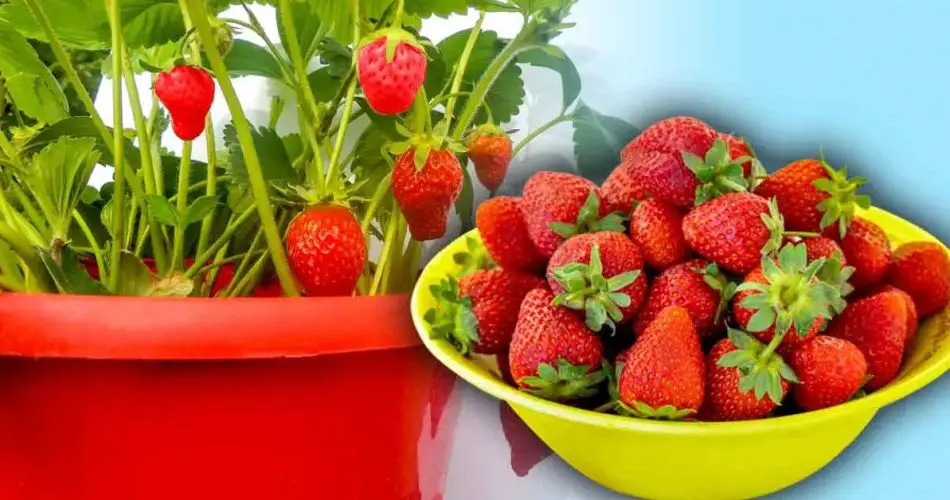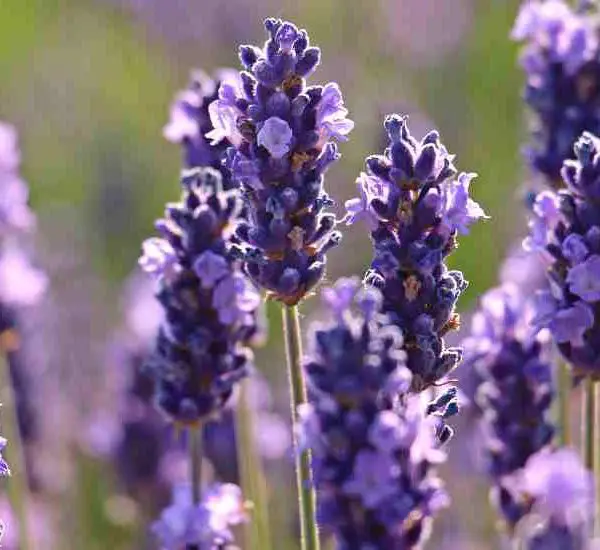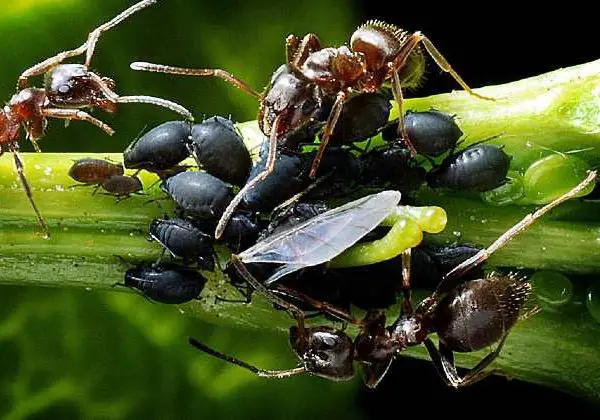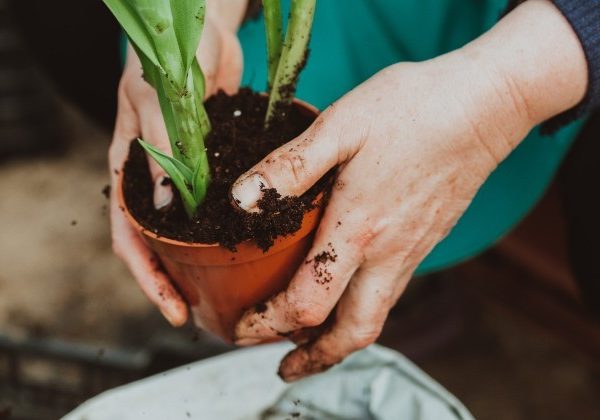Strawberries are beloved by people of all ages, offering a delicious burst of flavor that can be enjoyed in a variety of dishes, from desserts and jams to tarts and cakes. These red, juicy fruits are packed with water, vitamins, and minerals, making them not only tasty but also beneficial to your health. If you’re looking to increase your strawberry harvest and enjoy four times more strawberries from your plants, here are some tips to help you get the most out of your strawberry garden.

How to Boost Strawberry Production?
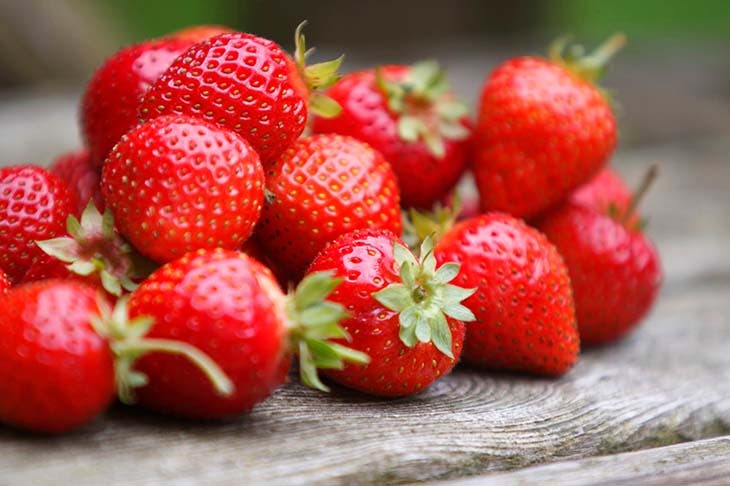
Strawberries are relatively easy to grow and, as perennial plants, they come back year after year with the right care. However, to significantly increase your strawberry yield, you’ll need to follow some key practices. Here are some tips to help you maximize your strawberry production:
1. Mulch Strawberry Plants to Increase Yield
Mulching your strawberry plants is one of the most effective ways to boost production. Mulch helps regulate the temperature and humidity of the soil, conserves moisture, and prevents weeds from overtaking your strawberry patch. Mulching also promotes the growth of stolons (runners), which are stems that develop new plantlets that can be transplanted to create more strawberry plants.
For the best results, use wood chippings or potting soil as mulch, as these materials are compact and help prevent weeds while enriching the soil. The Gerbeaud website recommends this method for healthier strawberry plants and a larger harvest.
2. Remove Dead Leaves to Promote Growth
To encourage continued growth and fruiting, prune your strawberry plants after each harvest. Removing dead or diseased leaves, as well as cutting back any stolons that may be spreading uncontrollably, helps prevent the spread of pests and diseases. Healthy foliage is essential for the plant’s overall vitality and ability to produce more fruit.
When pruning, dispose of the cuttings in the trash rather than adding them to your compost pile to avoid contaminating your compost with any potential diseases.
What Type of Strawberry Plant Should You Choose for Maximum Production?
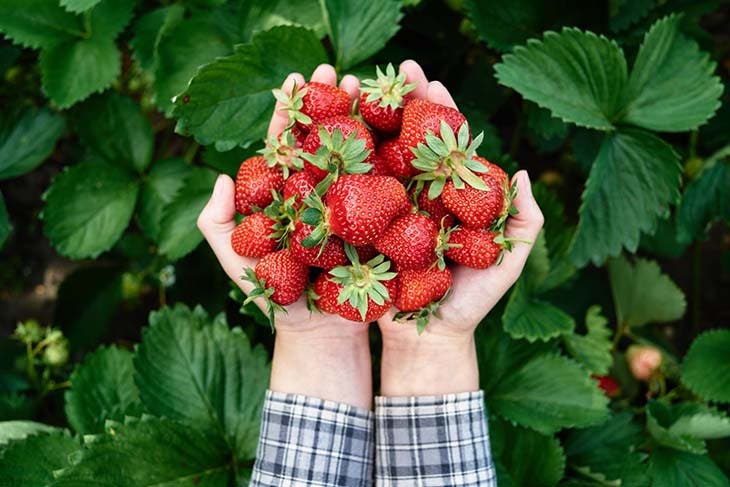
There are several types of strawberry plants to choose from, depending on your growing conditions and desired harvest. Some varieties produce fruit over a longer period, while others yield larger, sweeter fruit in a single burst.
- Everbearing Strawberries (e.g., Mara des Bois, Charlotte, Reine des Vallées) produce fruit throughout the growing season, usually from June through the first frost. While they may not produce as much fruit as other varieties, they offer continuous harvests over time.
- Non-Everbearing Strawberries (e.g., Gariguette, Rubis des Jardins, Magnum) produce larger, sweeter fruit but only once per year, typically in late spring to early summer.
For a more consistent and abundant harvest, everbearing strawberries are a great choice, especially if you’re looking to extend the growing season.
How to Grow Strawberries for a Bountiful Harvest?
Growing strawberries doesn’t require a green thumb. With a few key steps, you can have a thriving strawberry patch in no time. Here’s how to get started:
- Choose a Sunny Location
Strawberries need plenty of sunlight to thrive, so choose a spot that gets at least 6-8 hours of sunlight per day. Make sure to remove any weeds from the area, as they can compete with your strawberries for nutrients. - Plant in Well-Drained Soil
Whether you’re planting in the ground, a pot, or a planter, ensure that the soil is well-drained. Strawberries do best in soil that is slightly acidic with a pH of 5.5 to 6.5. A mix of garden soil and potting soil works well for most strawberry varieties. - Spread Mulch After Planting
Once your strawberry plants are in the ground, cover the soil with mulch to help retain moisture and prevent weeds. This will also help regulate the temperature around the plant’s roots. - Cut Back Runners
Runners (also known as stolons) are horizontal stems that grow from the main plant and can take up valuable space. Pinch back runners that are not needed for propagation, and only allow the strongest ones to root. You can also plant these runners to create new strawberry plants. - Water Regularly, But Don’t Overwater
Strawberries like consistent moisture, but overwatering can cause root rot. Water your plants deeply, but make sure the soil dries out between waterings. Drip irrigation or watering at the base of the plants can prevent water from getting on the leaves, which could lead to fungal issues. - Remove Dead Leaves
At the end of the growing season, prune away any dead or damaged leaves to keep the plant healthy and prevent the buildup of diseases. This will also help the plant conserve energy for the next growing season.
Conclusion
With these simple tips, you can significantly boost your strawberry production and enjoy a larger, more consistent harvest of delicious strawberries. By using mulch, pruning regularly, choosing the right varieties, and planting in the right conditions, you can enjoy juicy, sweet strawberries from your garden or patio all season long.
